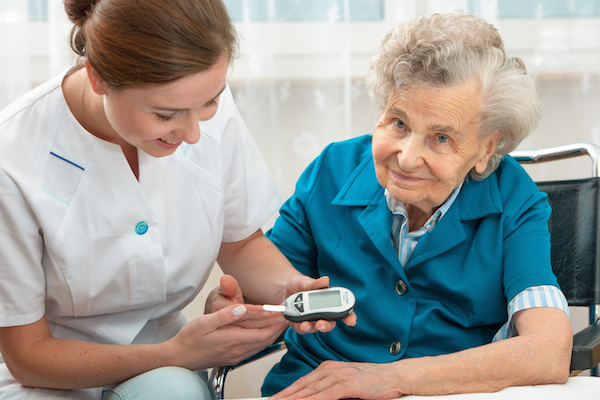
TUESDAY, June 29 (HealthDay News) — A community-based diabetes prevention program helps people lose weight and lower blood sugar as effectively as individual counseling from health professionals, finds a new study.
Participants in the Healthy Living Partnerships to Prevent Diabetes study were divided into two groups. Those in the lifestyle intervention program received six months of weekly group behavioral weight loss sessions run by lay community health workers, followed by monthly follow-up meetings, where they were encouraged to improve their eating habits and exercise up to 180 minutes per week. Participants in the usual care group received two visits with a dietitian and a quarterly newsletter with tips for lifestyle changes.
After 12 months, those in the lifestyle intervention group lost an average of 7.3 percent of body weight and reduced their blood glucose levels by an average of more than 4 mg/dl (from 105.8 to 101.2 mg/dl), compared with an average weight loss of 1.3 percent and an average glucose level reduction of less than 2 mg/dl among those in the control group.
The results were to be presented Tuesday at the American Diabetes Association’s Scientific Sessions in Orlando, Fla.
The lifestyle intervention program used in the study was modeled after one used in a landmark U.S. government-funded Diabetes Prevention Program.
“In the Diabetes Prevention Program, professional behavioral specialists worked with participants with pre-diabetes in one-on-one sessions. We trained some of our patients with diabetes to work as lay community health workers with groups of participants with pre-diabetes, so we really didn’t expect to see quite as good a weight loss result as we did, but we were very pleased to see it,” Dr. David Goff, lead author of the new study and chair of the epidemiology and prevention department at Wake Forest University School of Medicine, said in an ADA news release.
“Given that our weight loss results look as good as the DPP, this approach shows great promise for preventing diabetes. It’s a very translatable intervention to deliver in public health settings. We think this approach could be replicated at diabetes care centers across the country,” he added.
Pre-diabetes — which occurs when blood glucose levels are between 100 mg/dl and 125 mg/dl — is defined as having blood sugar that is higher than normal, but not high enough to be considered type 2 diabetes. If blood sugar levels reach 126/dl, an individual is considered to have diabetes.
More information
The U.S. Office of Disease Prevention and Health Promotion offers tips for preventing type 2 diabetes.

